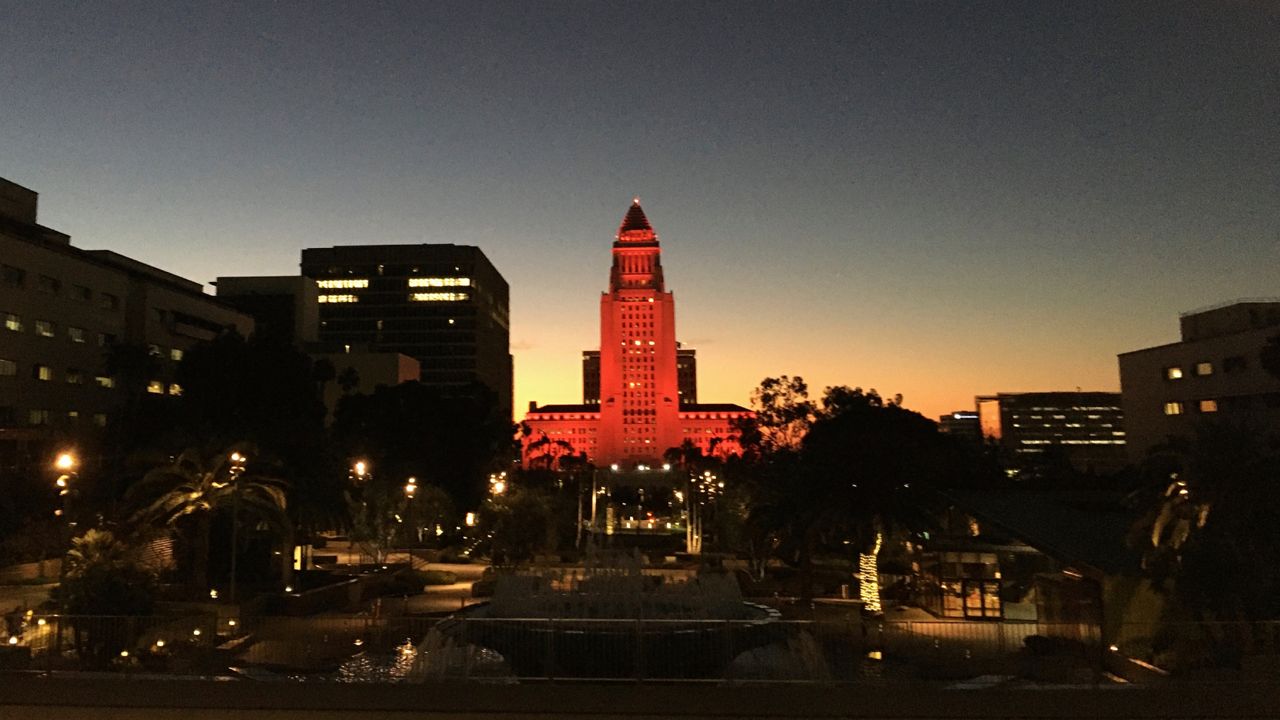LOS ANGELES — Angelenos who’ve grown accustomed to shelling out $5 for drip coffee, $15 for takeaway sandwiches and $2,000+ monthly for a studio apartment aren’t likely to be surprised: Los Angeles is the fourth most expensive city in the world to call home.
According to the new Worldwide Cost of Living 2022 report from the Economic Intelligence Unit, LA tied Hong Kong for fourth place. New York City and Singapore tied for the world’s most expensive place to live, followed by Tel Aviv, Israel.
Globally, prices have risen 8.1% in local currencies among the world’s largest cities, the report found — the fastest rate in the almost 20 years the Economist has been conducting its study. This year’s report is based on prices for more than 200 goods and services gathered in 172 cities between Aug. 16 and Sept. 16.
The report attributes the pricing spikes to the war in Ukraine and continued COVID-19 restrictions in China. Some of the most rapid increases in prices this year were for gas, which has risen an average of 22% globally this year; energy, which has risen by 11%; and automobiles, which are up an average of 9.5%.
While inflation played a large part in this year’s ranking, its authors noted that a stronger currency tends to elevate a city’s ranking because prices are higher when expressed in international common currency. The U.S. dollar has increased in strength compared with many other international currencies this year as the Federal Reserve increased interest rates to tame inflation. That’s caused several American cities to jump in the rankings.
San Diego (ranked 17th most expensive), Boston (ranked 21st), Portland (ranked 46th), Atlanta (ranked 46th), Charlotte (ranked 53rd) and Indianapolis (tied for 53rd) are among the U.S. cities that rose fastest in the global 2022 rankings.
Rounding out the top ten most expensive cities globally are Zurich, Switzerland; Geneva, Switzerland; San Francisco; Paris; Copenhagen, Denmark; and Sydney, Australia.
Damascus, Syria, ranked last. Tripoli, Libya, and Tehran, Iran, rounded out the bottom three. The report noted the cities at the bottom of its list reflected weak economies and currencies.



